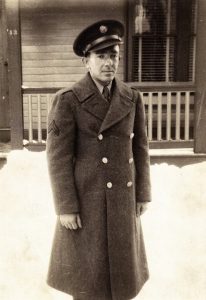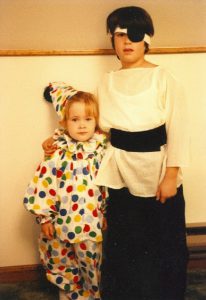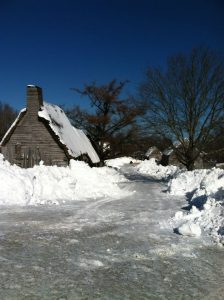 Regardless of the outcome of Super Bowl LVII, history will be made Sunday when two Black quarterbacks lead their teams for the first time in NFL history. This will be the first Super Bowl appearance for Jalen Hurts, but not for Patrick Mahomes, who has been to the big game twice already.
Regardless of the outcome of Super Bowl LVII, history will be made Sunday when two Black quarterbacks lead their teams for the first time in NFL history. This will be the first Super Bowl appearance for Jalen Hurts, but not for Patrick Mahomes, who has been to the big game twice already.
Patrick Mahomes has already made several appearances on this blog—my NEHGS colleague, Chris Child authored two blog posts about Patrick’s ancestry, one looking at his maternal line from Texas and back into New England , specifically showing distant kinships to three U.S. presidents, and another researching his paternal line from Texas to Alabama. But Jalen had not yet been researched, so we decided to take a look at his ancestry to find interesting details to share. We quickly discovered that Jalen’s family has a strong connection to Texas, just like Patrick Mahomes. Continue reading The Ancestry of Jalen Hurts








